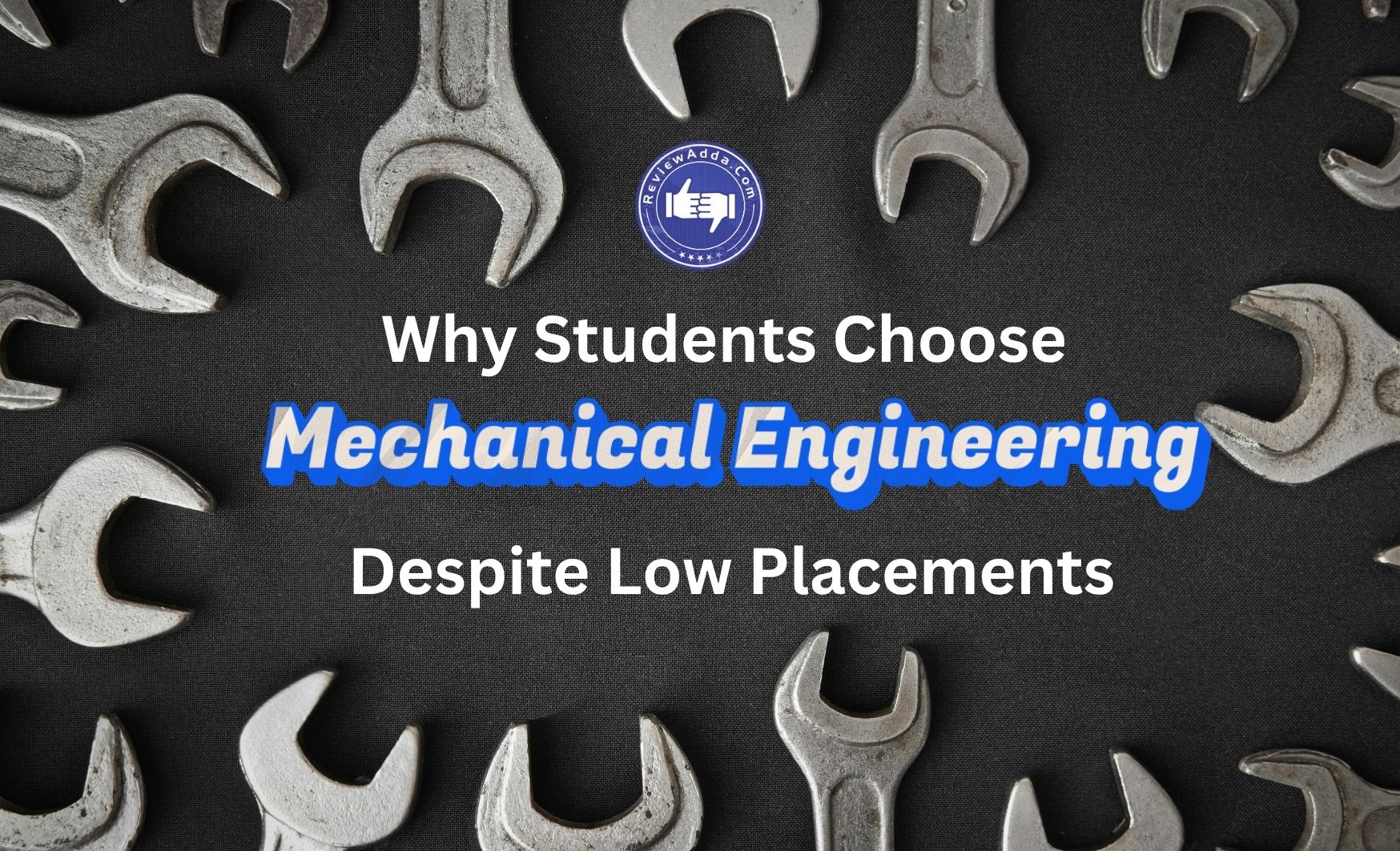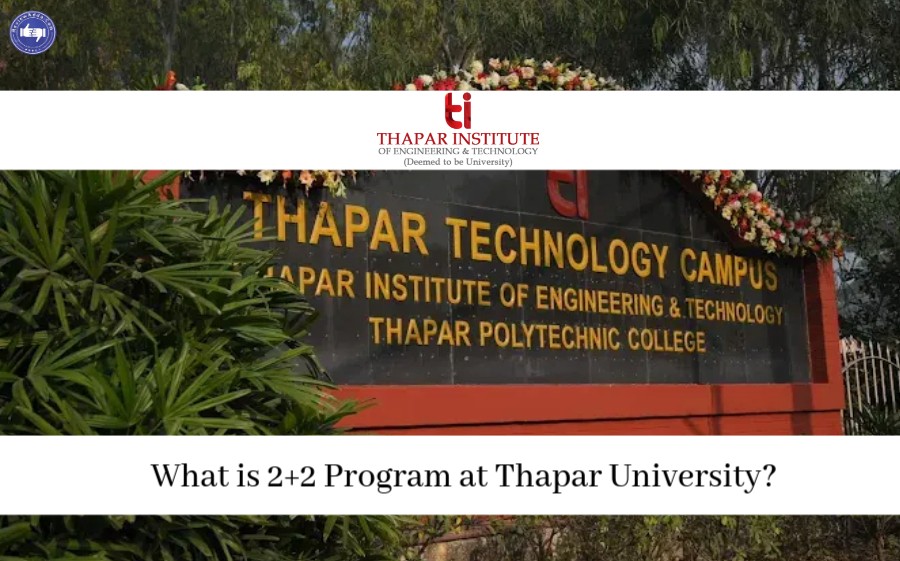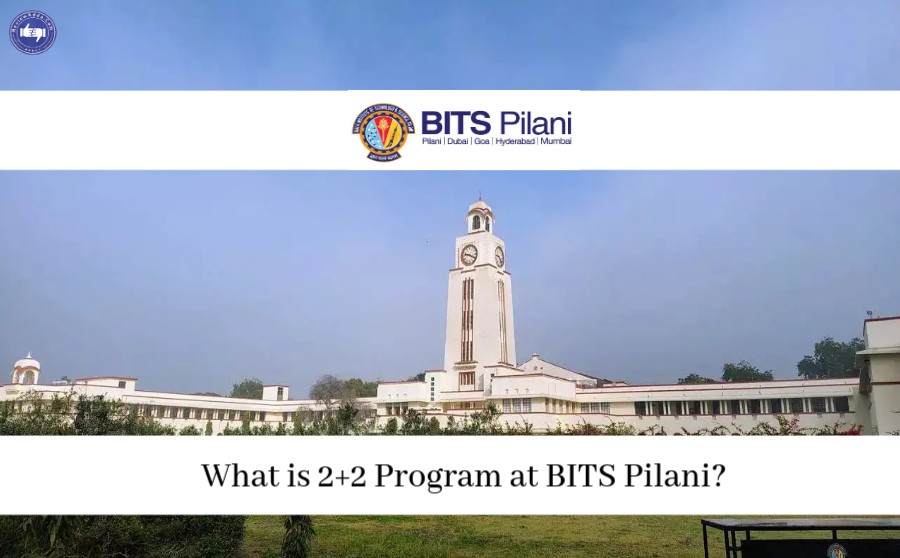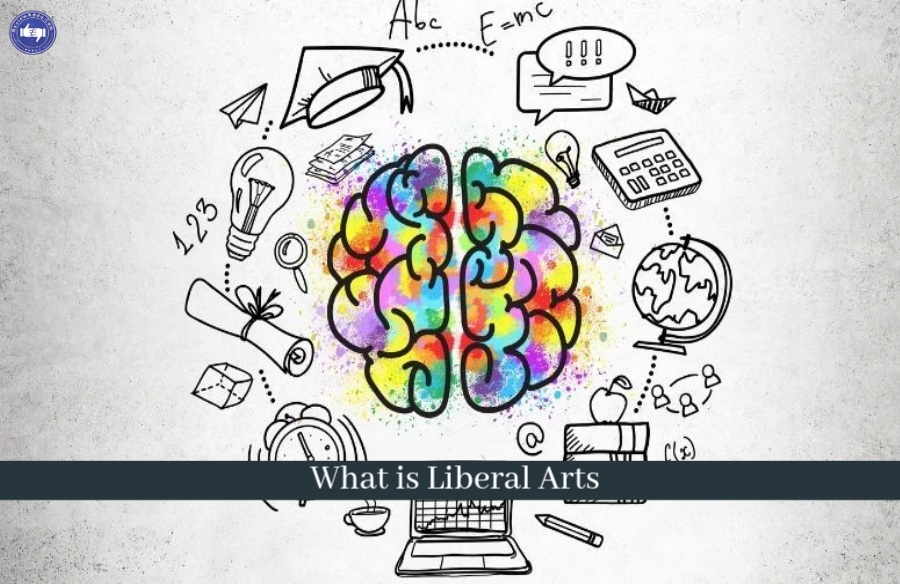The realm of education is continuously progressing to cater to the evolving demands of society and equip students with the necessary skills for the future. In India, the National Education Policy (NEP) 2020 stands as a pivotal reform endeavor, aiming to transform the education system and introduce comprehensive alterations in the learning and development of students. This article delves into the fundamental aspects of NEP 2020, elucidating the notable advantages it offers to college students.
Introduction to NEP 2020
The Indian government has launched the innovative National Education Policy 2020 with the goal of revolutionizing the educational system at all levels, from basic school to higher education. The previous National Policy on Education, developed in 1986 and updated in 1992, is replaced by this one. Accessibility, fairness, quality, affordability, and accountability are the cornerstones of the NEP 2020.
NEP 2020 Highlights
|
Aspect |
Highlights |
|
School Education |
- 5+3+3+4 curricular and pedagogical structure |
|
- Foundational stage (ages 3-8) |
|
|
- Preparatory stage (ages 8-11) |
|
|
- Middle stage (ages 11-14) |
|
|
- Secondary stage (ages 14-18) |
|
|
- Focus on experiential learning and critical thinking |
|
|
- Reduced content load and rote learning |
|
|
- Multidisciplinary approach with integrated subjects |
|
|
- Emphasis on mother tongue/local language as the medium of instruction |
|
|
Higher Education |
- Broad-based, flexible undergraduate programs |
|
- There are various entry and exit options for students |
|
|
- Academic bank of credits to enable transfer of credits between institutions |
|
|
- Emphasis on research and innovation |
|
|
- Setting up of National Research Foundation |
|
|
- Enhanced use of technology in teaching and learning |
|
|
- Promotion of online and open learning |
|
|
Teacher Education |
- Comprehensive overhaul of teacher education programs |
|
- 4-year integrated B.Ed. program |
|
|
- Continuous professional development for teachers |
|
|
- Emphasis on training in pedagogy, social-emotional learning, and assessment skills |
|
|
- Teacher eligibility tests to ensure quality teaching |
|
|
Vocational Education and Skills Development |
- Incorporating vocational education into mainstream education |
|
- Promotion of vocational courses and internships |
|
|
- Collaboration with industry for skill development |
|
|
- Creation of National Skills Qualifications Framework (NSQF) |
|
|
- Emphasis on apprenticeships and practical training |
|
|
Assessment and Evaluation |
- Shift towards competency-based assessments |
|
- Reduction in board exams |
|
|
- Use of technology for conducting exams |
|
|
- Assessment of critical thinking and analytical abilities |
|
|
Governance and Regulation of Education Institutions |
- Establishment of a unified regulatory body for higher education |
|
- Autonomy and decentralization of institutions |
|
|
- Establishment of State School Standards Authority |
|
|
- Greater use of technology for administration and management |
|
|
- Encouragement of public-private partnerships in education |
NEP 2020 Major Changes
The new policy was created based on the suggestions of a panel led by former Indian Space Research Organisation (ISRO) director Mr. K Kasturirangan, who in May 2019 sent the draught of the new policy to the minister of human resource development, Mr. Ramesh Pokhriyal "Nishank."
The Ministry received almost two lakh comments and ideas about the draught policy. The Ministry of Education will now be known as the Ministry of Human Resource Development, as agreed by the Union Cabinet.
I. School Education
NEP 2020 ensures universal access to education from pre-school to secondary level. The government supports infrastructure and innovation centers to reintegrate dropouts. It monitors student progress, offers diverse learning pathways, and establishes counseling associations. Open learning is available for grades 3, 5, and 8 via NIOS and State Open Schools. The plan includes secondary education programs, vocational courses, adult literacy, and life-enrichment programs.
1. Early Childhood Care and Education with new Curricular and Pedagogical Structure
The school curriculum structure will change from 10+2 to 5+3+3+4, corresponding to ages 3-8, 8-11, 11-14, and 14-18 years. The policy recognizes the crucial development years of 3-6 and includes them in the school curriculum. The new system will provide 12 years of schooling, including three years of pre-schooling or Anganwadi.
A framework for early childhood education (NCPFECCE) for kids up to age 8 will be created by the National Council of Educational Research and Training (NCERT). The Ministries of HRD, Women and Child Development, Health and Family Welfare, and Tribal Affairs will work together to accomplish this plan.
2. Attaining Foundational Literacy and Numeracy
MHRD will set up a National Mission on Foundational Literacy and Numeracy for achieving universal foundational literacy and numeracy in all primary schools for all learners from grade 3 to higher level by 2025.
3. Reforms in school curricula and pedagogy
School curricula and pedagogy will change to enhance essential learning, critical thinking, and experiential learning. Students will have more flexibility and subject choices, reducing gaps between arts and sciences, curricular and extra-curricular activities, and vocational and academic streams.
From 6th grade, students will receive vocational education and participate in 10-day internship programs. NCERT will develop the comprehensive National Curricular Framework for School Education (NCFSE) 2020-21.
4. Multilingualism and the power of language
Mother tongues and regional languages are prioritised as a medium of instruction under NEP 2020, at least up to Grade 5, but ideally up to Grade 8 and beyond. No one will make the students speak a foreign language. The national curriculum resources for use by students with hearing impairment and with ISL will be prepared in accordance with the standardisation of Indian Sign Language (ISL) across the nation.
5. Assessment Reforms
NEP 2020 emphasizes testing higher-order skills through learning-oriented assessments. School exams will be conducted in Grades 3, 5, and 8, while the Class 10 and 12 board exams will be redesigned for holistic development. A new national assessment center called PARAKH will be established.
6. Equitable and Inclusive Education
The policy prioritizes Socially and Economically Disadvantaged Groups (SEDGs), including gender, socio-cultural, geographical identities, and disabilities. It establishes a Gender Inclusion Fund and Special Education Zones for disadvantaged regions and groups. Children with disabilities will receive support throughout their education, including cross-disability trained educators, resource centers, accommodations, assistive devices, technology-based tools, and tailored support. Each district will have Bal Bhavans, offering daytime boarding and engaging activities in arts, career, and play.
7. Robust Teacher Recruitment and Career Path
NEP 2020 ensures a fair and transparent recruitment process for teachers, merit-based promotions, and multi-source performance appraisals. Teachers will have progression paths to become educational administrators or teacher educators. The National Council for Teacher Education will develop the National Professional Standards for Teachers (NPST) by 2022.
8. Standard-setting and Accreditation for School Education
NEP 2020 mandates the establishment of State School Standards Authorities (SSSAs) in every state and Union Territory. These authorities will ensure separate systems for policymaking, regulation, operations, and academics. Additionally, a School Quality Assessment and Accreditation Framework (SQAAF) will be developed in consultation with stakeholders.
II. Higher Education
1. Increase Gross Enrolment Ratio (GER) to 50 per cent by 2035
According to the policy, GER in higher education, including vocational education, is to rise from 26.3% in 2018 to 50% in 2035. Higher education institutions (HEIs) will be given 3.5 crore new seats.
2. Holistic Multidisciplinary Education
The policy prioritizes Socially and Economically Disadvantaged Groups (SEDGs), including gender, socio-cultural, geographical identities, and disabilities. It establishes a Gender Inclusion Fund and Special Education Zones for disadvantaged regions and groups. Children with disabilities will receive support throughout their education, including cross-disability trained educators, resource centers, accommodations, assistive devices, technology-based tools, and tailored support. Each district will have Bal Bhavans, offering daytime boarding and engaging activities in arts, career, and play.
3. Rationalised Institutional Architecture
HEIs will grow into substantial, well-funded, and energetic interdisciplinary organisations that provide top-notch instruction, research, and community involvement. The university will permit a variety of institutions, including autonomous degree-granting colleges, teaching-intensive universities, and research-intensive universities.
4. Teacher Education
In collaboration with NCERT, NCTE will create the National Curriculum Framework for Teacher Education (NCFTE 2021). By 2030, a four-year integrated B.Ed degree will be the prerequisite for teaching.
5. Financial support for students
The assistance for SC, ST, OBC, and other SEDGs will be added to the National Scholarship Portal. Private higher education institutions will be urged to offer more scholarships to their students.
6. Open and Distance Learning
By implementing strategies like online learning and digital repositories, research funding, enhanced student services, credit-based recognition of Massive Open Online Courses (MOOCs), etc., this would aid in raising GER.
7. Online Education and Digital Education
To support both school and higher education, MHRD will create a special division to provide digital infrastructure, digital content, and capacity building.
8. Technology in education
The National Educational Technology Forum (NETF) will be established to provide a forum for the unrestricted discussion of technological advancements that can enhance learning, assessment, planning, and administration. In order to improve the educational experience, virtual laboratories will be developed.
9. Promotion of Indian languages
The policy calls for the establishment of the Indian Institute of Translation and Interpretation (IITI) and National Institutes for Pali, Persian, and Prakrit, which will be crucial in bolstering the language programmes in HEIs for Sanskrit and all others.
Internationalization of education would be made feasible via institutional partnerships, professor and student mobility, and allowing top universities in the world to establish campuses in India.
10. Professional Education
The higher education system will be a significant component of all professional education. Separate technical universities, colleges of health sciences, colleges of law and agriculture, etc., will strive to become multidisciplinary institutions.
11. Financing Education
In order to expand public investment in the education sector to at least 6% of the GDP, the Centre and State Governments will cooperate.
The NEP 2020 amendments are anticipated to improve autonomy while easing regulatory burdens. The Policy also emphasizes a number of new regulations that will help students, educators, and the employment market, as opposed to attempting to make gradual changes in the sector.
Benefits of NEP 2020 for College Students
In this article, we will delve into the details of NEP 2020 and explore the numerous benefits it offers to college students.
1. Holistic Development
NEP 2020 prioritizes holistic development in colleges, promoting originality, critical analysis, problem-solving, and emotional intelligence. This equips students for real-world challenges and nurtures well-rounded individuals.
2. Flexibility and Interdisciplinarity
NEP 2020 emphasizes interdisciplinary education and flexibility in higher education. It encourages students to explore diverse subjects, fostering creativity, teamwork, and preparing them for a dynamic job market.
3. Skill Development and Vocational Education
NEP 2020 acknowledges the value of vocational training and skill development in bridging the divide between university and industry. The concept encourages institutions to provide career-focused coursework and internships, giving students real-world experience and improving their employability. College students may improve their economic impact and get a competitive edge in the job market by combining academic knowledge with practical experience.
4. Technology Integration
NEP 2020 recognizes the importance of technology in education.It gives college students access to online libraries, e-resources, and learning platforms. The policy also encourages the use of technology in the classroom to provide students better access to current knowledge, develop their research abilities, and get them ready for a future when technology will rule.
5. Research and Innovation
NEP 2020 promotes research and innovation in colleges through research parks, incubation centers, and industry collaborations. It nurtures inquiry-based thinking, intellectual curiosity, and facilitates game-changing discoveries. Participating in research enhances students' analytical thinking, problem-solving skills, and knowledge expansion.
6. Global Exposure
NEP 2020 highlights global exposure for college students. It promotes international collaborations, exchange programs, and study abroad opportunities. These experiences foster cross-cultural understanding, broaden perspectives, and enhance adaptability and communication skills, making students globally competitive.
7. Inclusive Education
No matter their socioeconomic status, gender, or disability, all students will be served by an inclusive educational system under NEP 2020. The policy works to guarantee that every college student has an equal chance to grow and prosper by promoting equitable access to education, offering scholarships, and putting inclusive practises into practise. The promotion of empathy and social cohesiveness via inclusive education results in a more just society.
Challenges and Implementation of NEP 2020
While NEP 2020 brings a multitude of benefits, its successful implementation faces several challenges:
1. Infrastructural Requirements
Implementing NEP 2020 requires significant infrastructural upgrades, including the availability of digital resources, internet connectivity, and modern educational facilities. Ensuring adequate infrastructure across all educational institutions is crucial for effective execution.
2. Faculty Training and Development
NEP 2020 necessitates faculty members to adapt to the changing pedagogical approaches and technology integration. Proper training and professional development programs are essential to equip educators with the necessary skills and knowledge to deliver quality education in line with the policy.
3. Resistance to Change
Introducing sweeping reforms in the education system may face resistance from various stakeholders, including students, parents, and educators. Overcoming resistance and creating awareness about the benefits of NEP 2020 is crucial to ensure its successful implementation.
4. Coordination among Stakeholders
Implementing NEP 2020 requires effective coordination among multiple stakeholders, including government bodies, educational institutions, policymakers, and regulatory authorities. Ensuring seamless coordination and communication is essential for a smooth transition.
Conclusion
The National Education Policy 2020 marks a significant milestone in transforming the Indian education system. It offers several benefits for college students, including holistic education, flexibility, enhanced skills, and global exposure. However, successful implementation requires addressing challenges such as infrastructural requirements, faculty training, overcoming resistance, and coordinating efforts among stakeholders.






